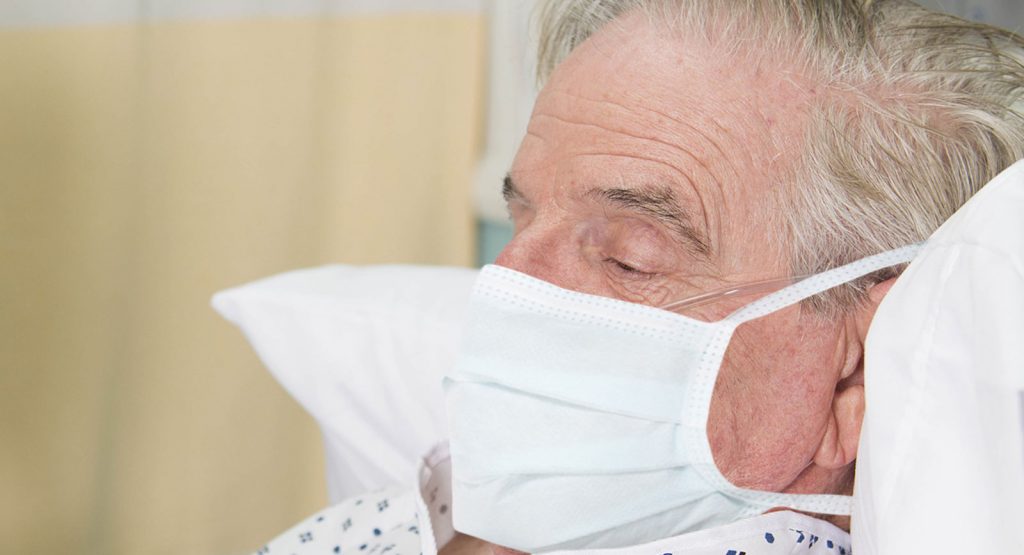Interventions That May Lower COVID-19 Mortality – Experience from Jiangsu Province, China

In March 2020, a team from Jiangsu Province, China detailed their experience in lowering COVID-19 mortality rate in an Annals of Intensive Care letter to the editor. [1] Sun and colleagues lay out that Jiangsu Province was able to cure 96.67% of COVID-19 patients. The authors suggest this is a mortality rate that is lower than the overall mortality rate in China (3.83%) and much better than the mortality rate reported by the neighboring Hubei Province (4.34%). The team derived their data from a retrospective analysis of 631 confirmed cases and credits the relative success in treatment to four major factors.
1. Early recognition of high risk and critically ill patients
The team implemented an early warning system wherein they used the following measures to determine whether a COVID-19 patient was high or low-risk for deterioration:
- Patient age
- Lymphocyte count
- Oxygen supplementation
- Aggressive pulmonary radiographic infiltrations
This screening approach did very well in identifying both true positives and true negatives (sensitivity 0.96 (95% CI 0.77 to 1.0), specificity 0.90 (95% CI 0.86 to 0.93)). If patients were high risk, their respiratory rate, heart rate, and SpO2 were continuously monitored. If they were low risk, those vitals were screened twice a day.
Transfer to the ICU happened as soon as organ failure occurred, or a patient’s vitals reached these thresholds:
- SpO2<93%
- Respiratory Rate>30/min
- Heart Rate>120/min
2. Early intensivist-guided intervention
The team reported that with early interventions less than 1% of patients required Invasive Mechanical Ventilation (IMV) even though 10% of the COVID-19 patients were critically ill. They described three key interventions before moving to IMV:
- Use of high flow nasal cannula (e.g. HFNC/high velocity therapy) or noninvasive positive pressure ventilation (NiPPV) to prevent alveolar collapse in ARDS patients or patients with extensive effusion on CT scans
- This was implemented even if patients did not have refractory hypoxemia.
- Fluid Restriction to relieve pulmonary edema
- Prone positioning for patients not on IMV to improve pulmonary heterogeneity and oxygenation
3. Hierarchical management strategy guided by clinical experts
A multidisciplinary group of clinical experts was established to manage the entire province and provide medical guidance for COVID-19 patients. The authors state that “this kind of regional responsibility, timely feedback communication management makes it possible for effective medical interventions.”
4. Effective resource allocation
Equipment as well as medical staff were uniformly deployed to ensure effective resource distribution. While 234 clinicians were assigned to care for COVID-19 patients, an additional 3500 clinicians were available to assist with unexpected needs.
As we as a global community continue to race to reduce the mortality rate of this pandemic, early interventions like these are likely to become more and more necessary.
Visit our COVID-19 Resource Center for up-to-date answers to additional frequently asked questions.
REFERENCES
[1] Sun, Q., Qiu, H., Huang, M. et al. Lower mortality of COVID-19 by early recognition and intervention: experience from Jiangsu Province. Ann. Intensive Care 10, 33 (2020). https://doi.org/10.1186/s13613-020-00650-2.